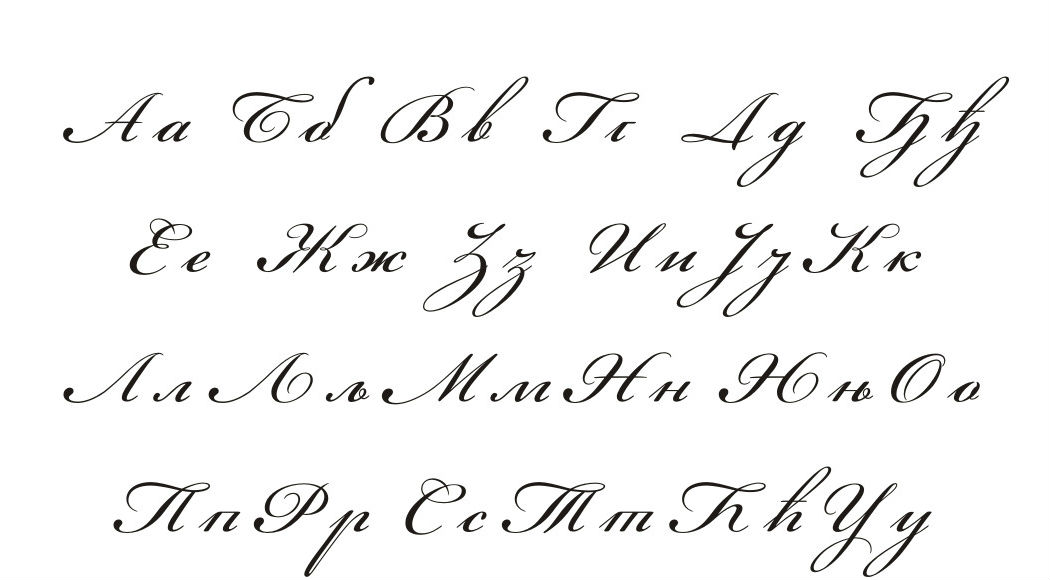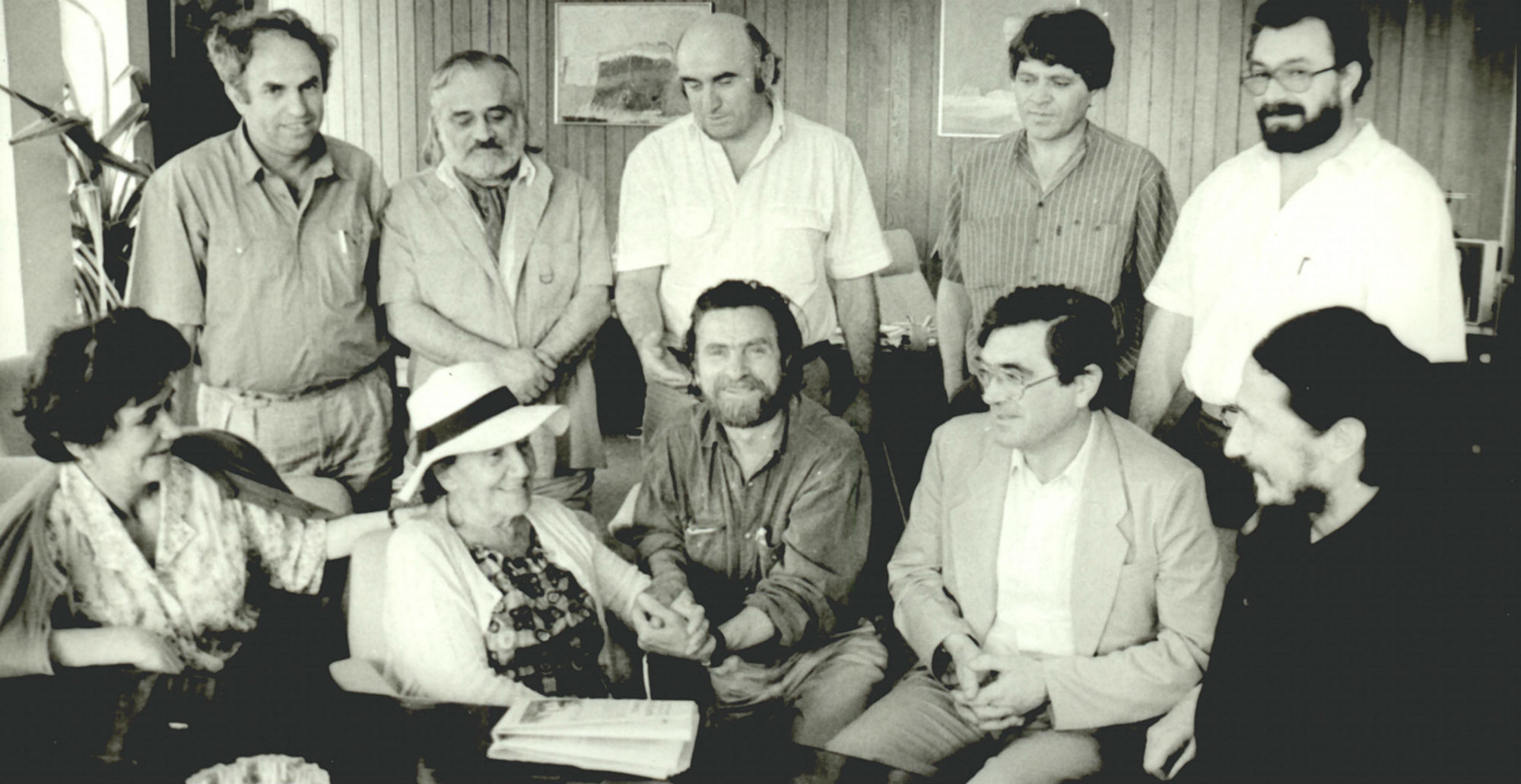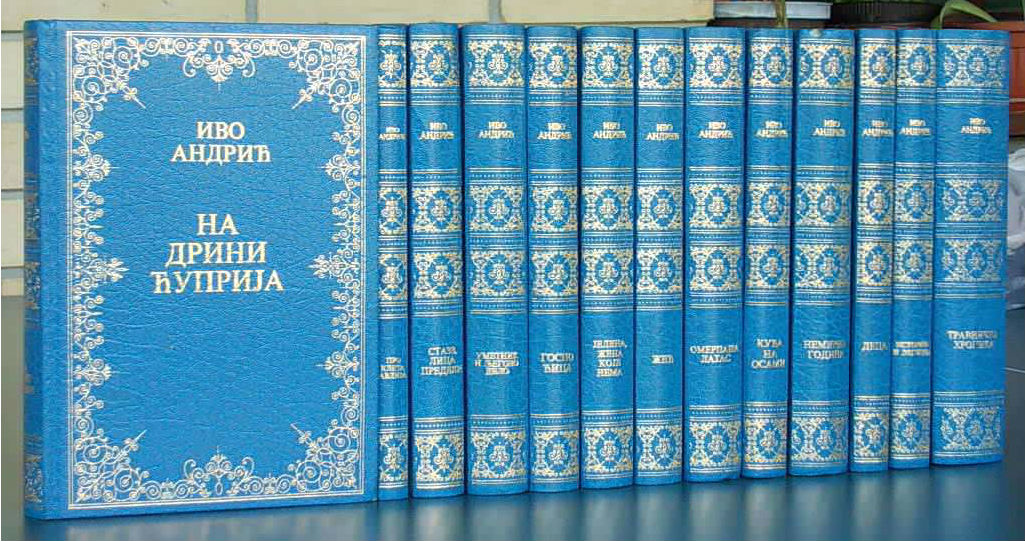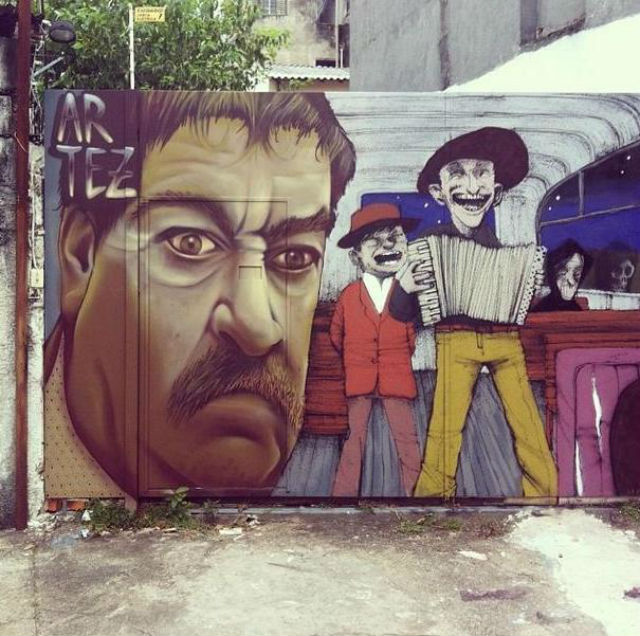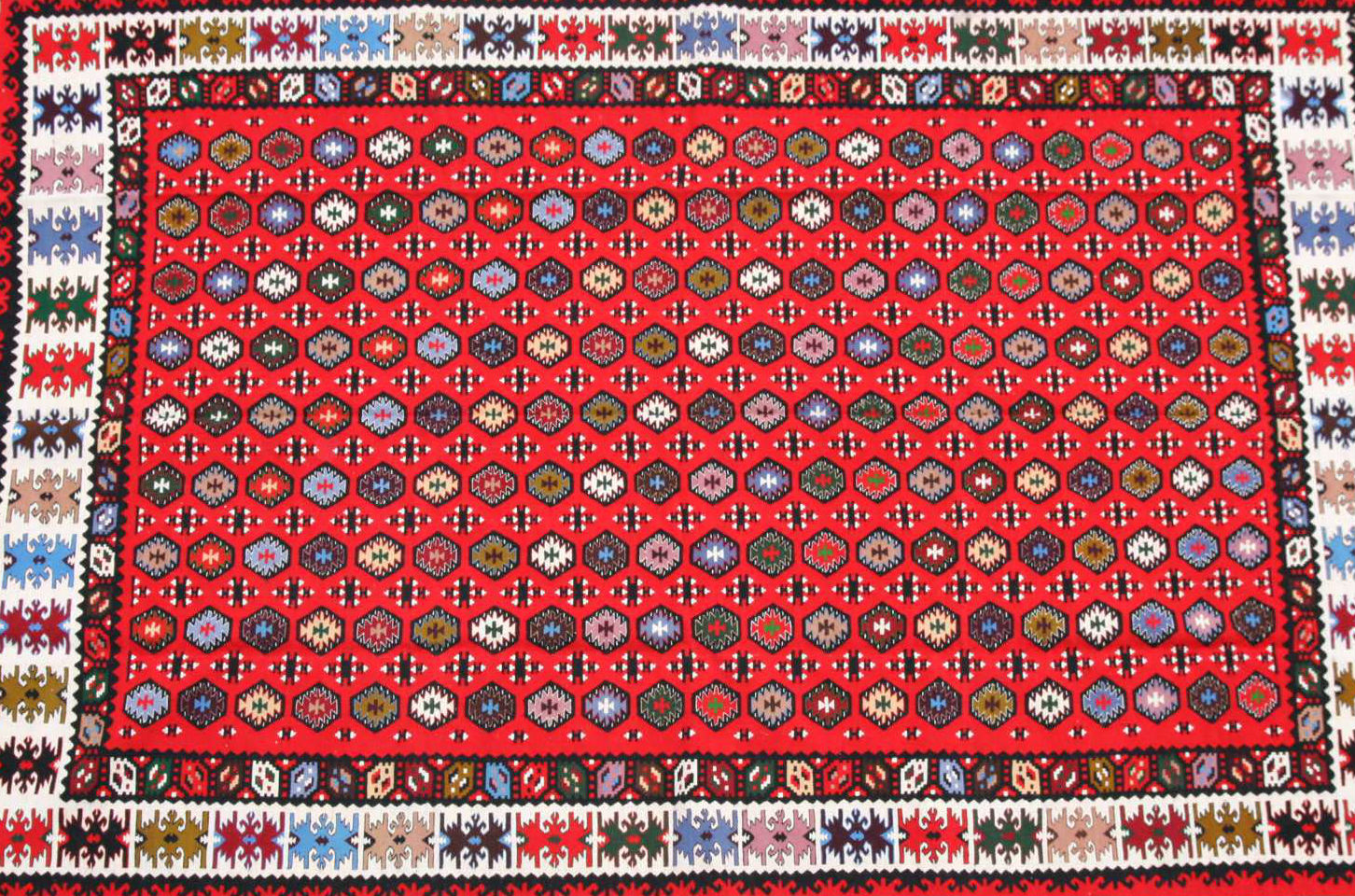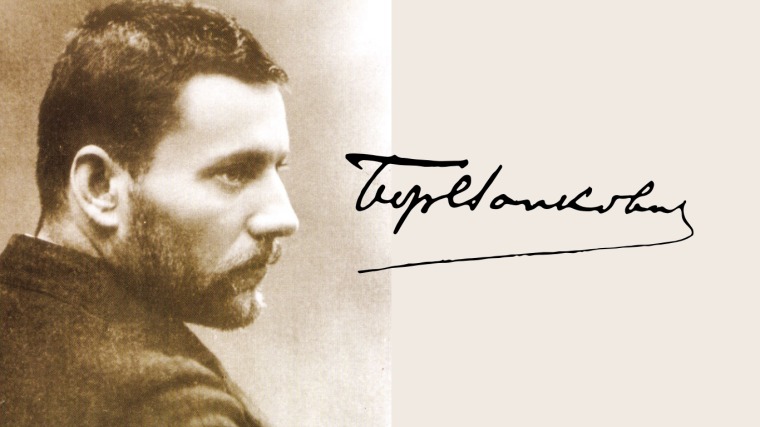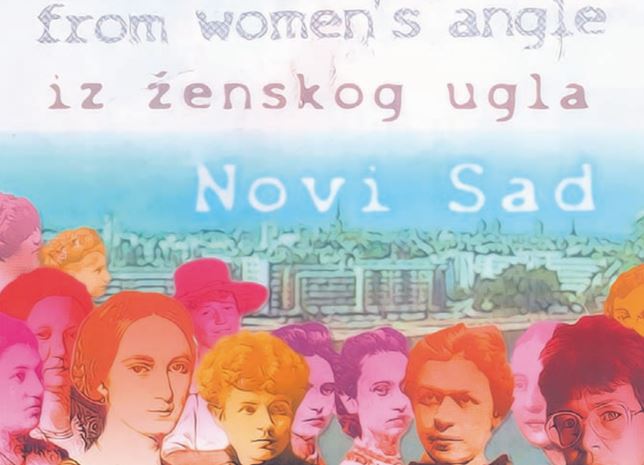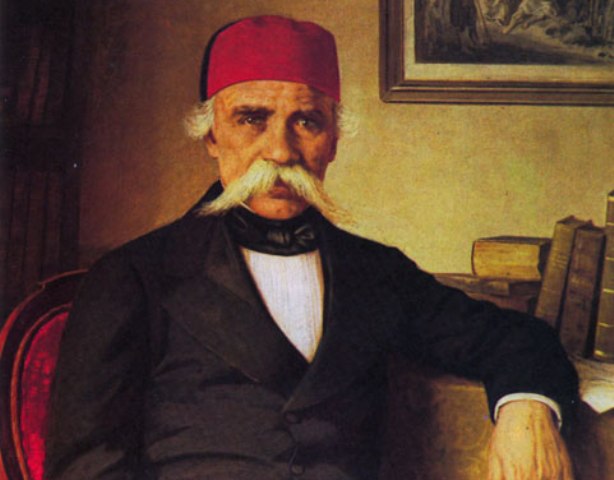Serbian literature, derived from medieval folk art, has gained the timeless significance and recognition with its wealth. It is also specific for its Cyrillic alphabet, where one character equals one phone.
The specific literally style woven into the Serbian literature has enriched the lavish, prolific garden of the world literature from its very beginnings to the present times. That is why the Miroslav Gospel – the oldest surviving written document of the Serbian literacy from the 12th century found its place in the UNESCO “Memory of the World Register”, among the most important works of the world literature. Moreover, Serbian literature received one Nobel Prize for literature, which was awarded to the Serbian novelist Ivo Andrić for his novel “The Bridge on the Drina” in 1961.
Serbian medieval literature began to develop with the translations of literary works from Greek, Latin and other languages. Its development is related to the origin and destiny of the nation. The greatest influence on the development of Serbian medieval literature had the Hilandar Monastery in Mount Athos, the spiritual center of the Orthodox world. The rhetorical prose is dominant in the Serbian medieval literature, while the verses were rare.
During the Ottoman’s reign, a great oral epic and lyric literature of exceptional beauty was born. It was orally passed down from generation to generation, and the most beautiful works were sang and narrated by folk singers playing the gusle (national string instrument). Whether they were products of the folk artists’ imagination or based on real events to which everyone added something new later on, these stories and songs unique in beauty truly depict Serbian people and enchant with its originality.
More legend than history, Serbian epic poems eternalized the this region’s literature, being the important memorials of long bygone times which sang about heroes worthy of eternity that only literature can bring, and with whom the new generations can get acquainted with through these poems.
Folk poems, stories and beliefs were collected and published by Vuk Karadžić, a famous reformer of the Serbian alphabet who has introduced the rule – one letter equals one phone. Apart from Serbia, today this alphabet is used in several languages of South Slavic people.
Thanks to Vuk Stefanović Karadžić, the today’s generation knows all about the literary heritage of the Serbian people, while majority of this region’s population grew up listening to these poems and stories.
Legend says that a long time ago Vuk Karadzic recited the song “Hasanaginica” to the famous German writer Johann Wolfgang von Goethe and Goethe liked it so much that he dedicated many years to mastering the Serbian language, just so he could read this masterpiece of Serbian folk literature in its original form.
Carl Spitteler, another writer and Nobel Prize winner, had said about the epic poems originating from this region: “Since Homer’s time no other nation than the Serbian one has created such magnificent epic poems.”
New discoveries at the archaeological site Vinča near Belgrade have led scientists to discuss whether the margins of the human script’s origin should be moved to these areas. Namely, at this site was discovered an alphabet dating back from 5,500 BC. The similarity between 22 letters from the Vinča script and the Cyrillic script was determined, so it is concluded that the beginnings of literacy in Serbia date back from this period.
This section will get you acquainted with the works of Serbian literature and its precious pearls, and if you love the art of the written word, we are sure that it will leave a strong impression on you!


